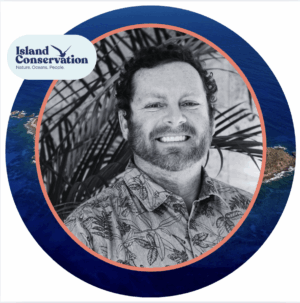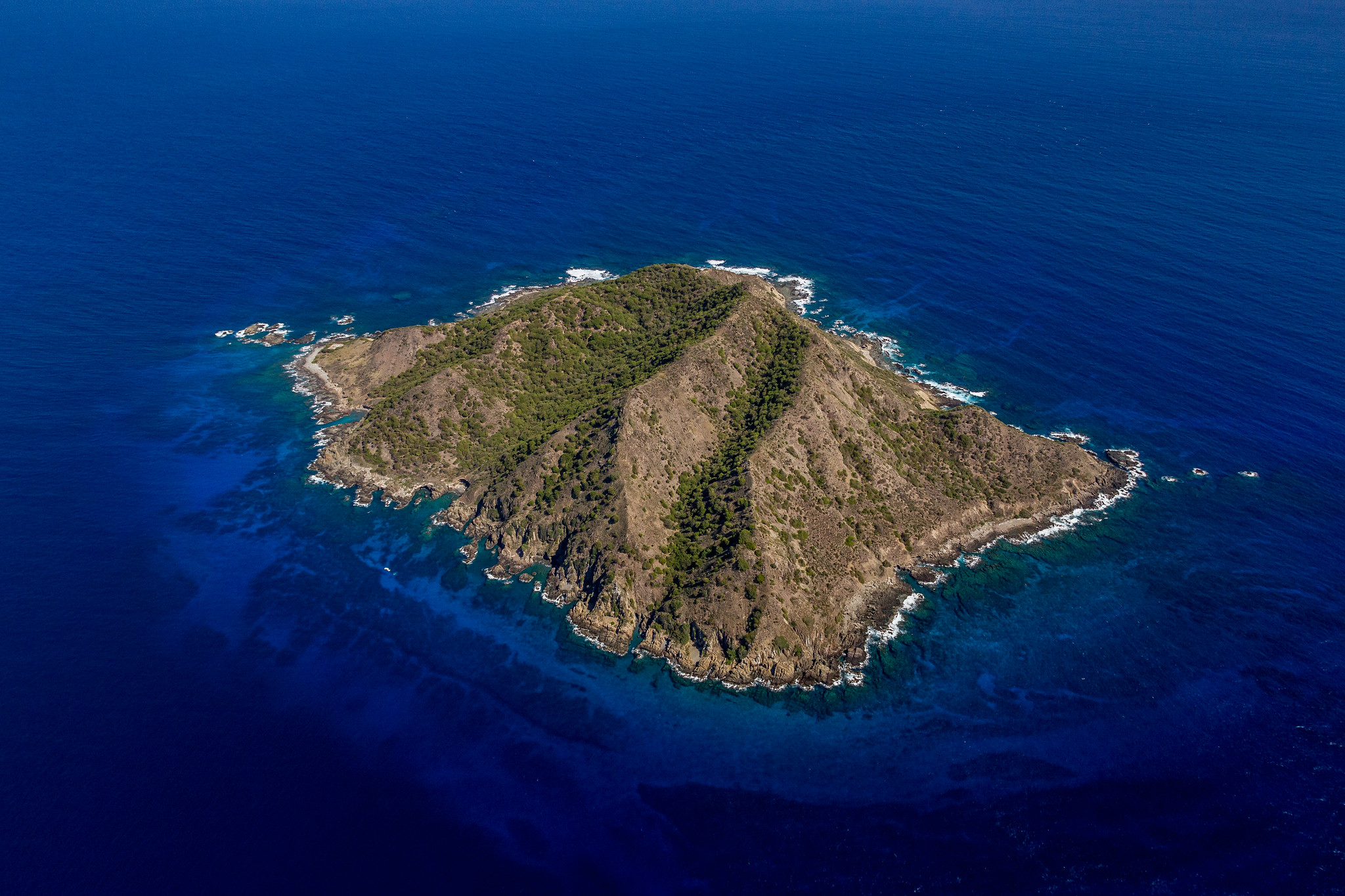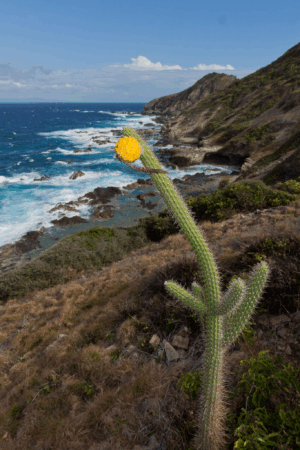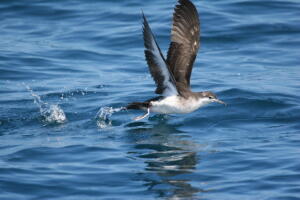Invasive Species: Ask an Expert

David Will: Director of Impact and Innovation, Island Conservation
David Will is a specialist in leveraging emerging technologies—such as AI, drones, eDNA, and genetic biocontrol—to enhance the success and scalability of invasive species eradication and island restoration, drawing on over fifteen years of global field experience and a background in bioinformatics.
1. What is it about invasive species makes them such a game-changer for ecosystems—and so difficult to deal with once they’re established?
Everything is connected. When ecosystems are working well, life and all the functions that different plants, animals, and microbes provide to each other are balanced. Damaging, nonnative invasive species arrive on the scene and immediately start disrupting that balance – causing plants and animals to change their behaviors and in many cases causing them direct harm. If left unchecked for too long, invasive species cause native plants and animals to disappear completely, sometimes to the point of extinction if that plant or animal is only found on that island. This alters the delicate balance and transforms ecosystems into a new often unstable state where critical functions no longer work. In the case of islands, this can cause near complete collapse – with islands going from vibrant, noisy places full of life to eerie, silent deserted landscapes.
Invasive species are quite adaptable, and once they have been established, every last one of them needs to be removed to turn the tide on the damage they’ve done. As you can imagine, complete removal is a challenging task and only feasible over small areas like islands or when the population is not yet established. If they can’t be completely removed then it requires permanent on-going control to mitigate the damage they cause, or us to accept that the ecosystem will be forever transformed and species will be lost. The current toolkit that we have available to us to tackle this problem is limited, and prevention is by far the best tool.
The good news is that what makes islands vulnerable to change also makes them resilient – the removal of invasive species is repeatedly shown to be one of the most effect methods for restoring biodiversity, the foundation of all healthy ecosystems. Once free of invasive species, native plants and animals can recover dramatically.
2. We’ve seen everything from culinary campaigns to school projects used to tackle invasive species – What’s the most unexpected or clever way you’ve seen someone tackle an invasive species problem?
I’ll admit to appreciating some of the culinary campaigns, particularly Lionfish. I have fond memories of regularly visiting a place selling Pincho de Pez León or Lionfish skewers in Puerto Rico.
On a more serious note, synthetic biology and, self-limiting gene drives in particular, with the ability to spread infertility or bias a population towards one sex ultimately causing it to collapse over time, could transform our ability to tackle the invasive species problem. These methods are still highly experimental with numerous technical, ethical, and social questions to be answered before they can be considered for trials. We are still years away from answering many of these questions to understand if they are safe, effective, and acceptable.
3. What policy or funding shift could have the biggest impact on invasive species management?
Prevention is the best tool against the impacts of invasive species, so dedicated funding to aid in rapid detection and response would be highly impactful. A key part of that would be to completely remove invasive species from oceanic and nearshore islands, where invasive species have an outsized impact on threatened species and fragile ecosystems, and have been removed with a remarkably high success rate. We’ve seen species come back from the brink of extinction, reappear after hundreds or thousands of years, native forests increase by 5000%, food sources secured, and demonstrated benefits to the nearshore marine environment and local communities. We are presently advocating for a UN Decade of Island Resilience to strengthen investment and support actions on islands that can solve an addressable crisis on some of the world’s most vulnerable places.
4. Do you have a favourite ‘comeback story’—an ecosystem or species that bounced back after invasive species were removed?
Islands are THE comeback story. Time and time again, islands where invasive species have been removed see life come charging back – with seabirds returning for the first time in hundreds of years, native seeds hiding in the soil bursting from the ground, crabs, fish, and cultivated fruits that people rely on rebounding, and animals rediscovered.
One that sticks with me is Desecheo National Wildlife Refuge in Puerto Rico. The island was once the world’s largest Brown Booby colony, with colonies so large that they darkened the skies. However, over a 100-year period invasive species drove five breeding seabird species to zero and nearly wiped out the endangered Harrisia cactus. Now, those threats have been removed, and the cactus has seen an over 1000% increase from just five surviving plants and, aided by a seabird sound system, the Audobon Shearwater is nesting on the island for the first time ever. The island is lush and green – and offers a beacon of hope that it may someday return to hosting thick clouds of seabirds.
Find out more about Island Conservation


